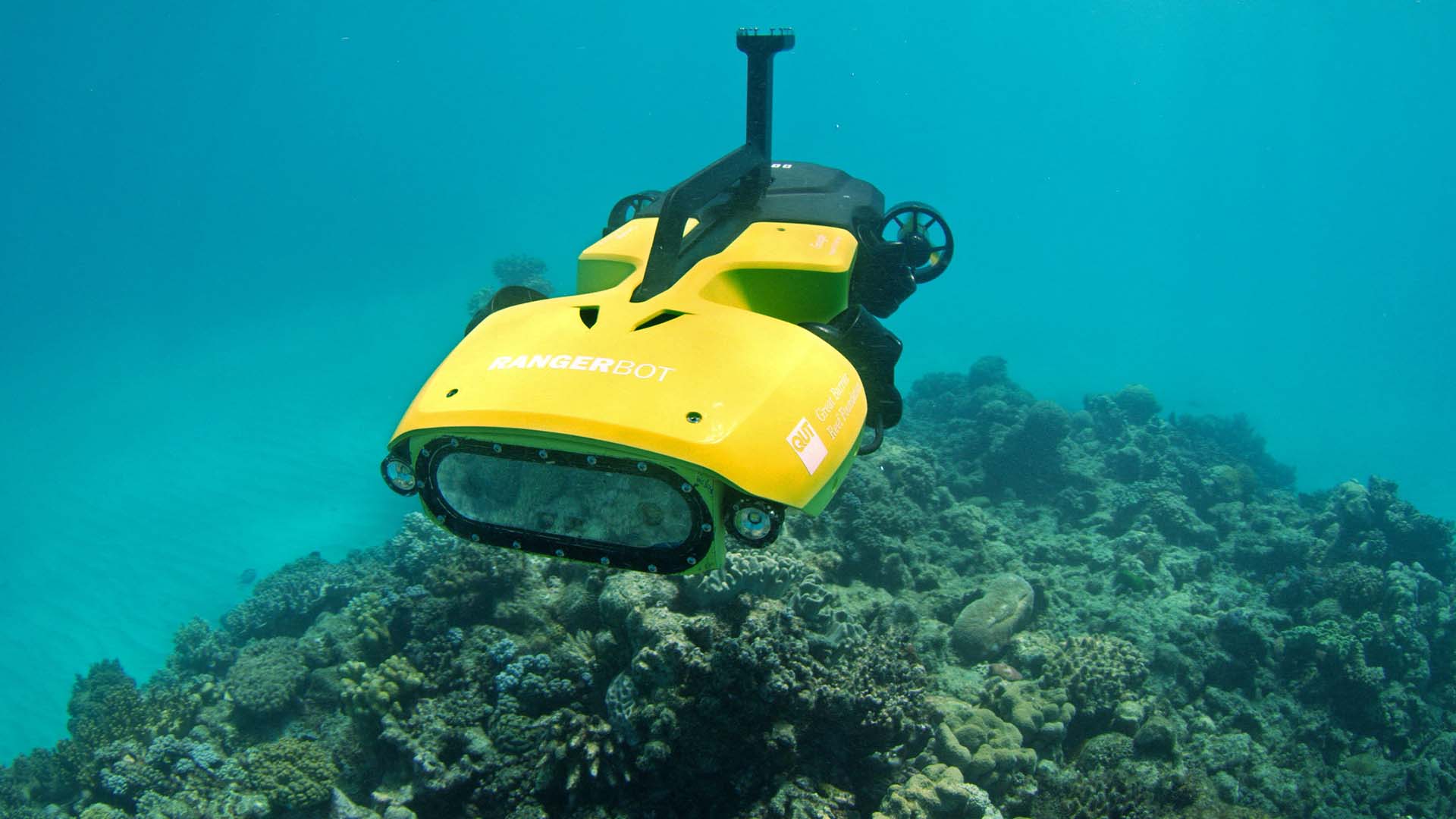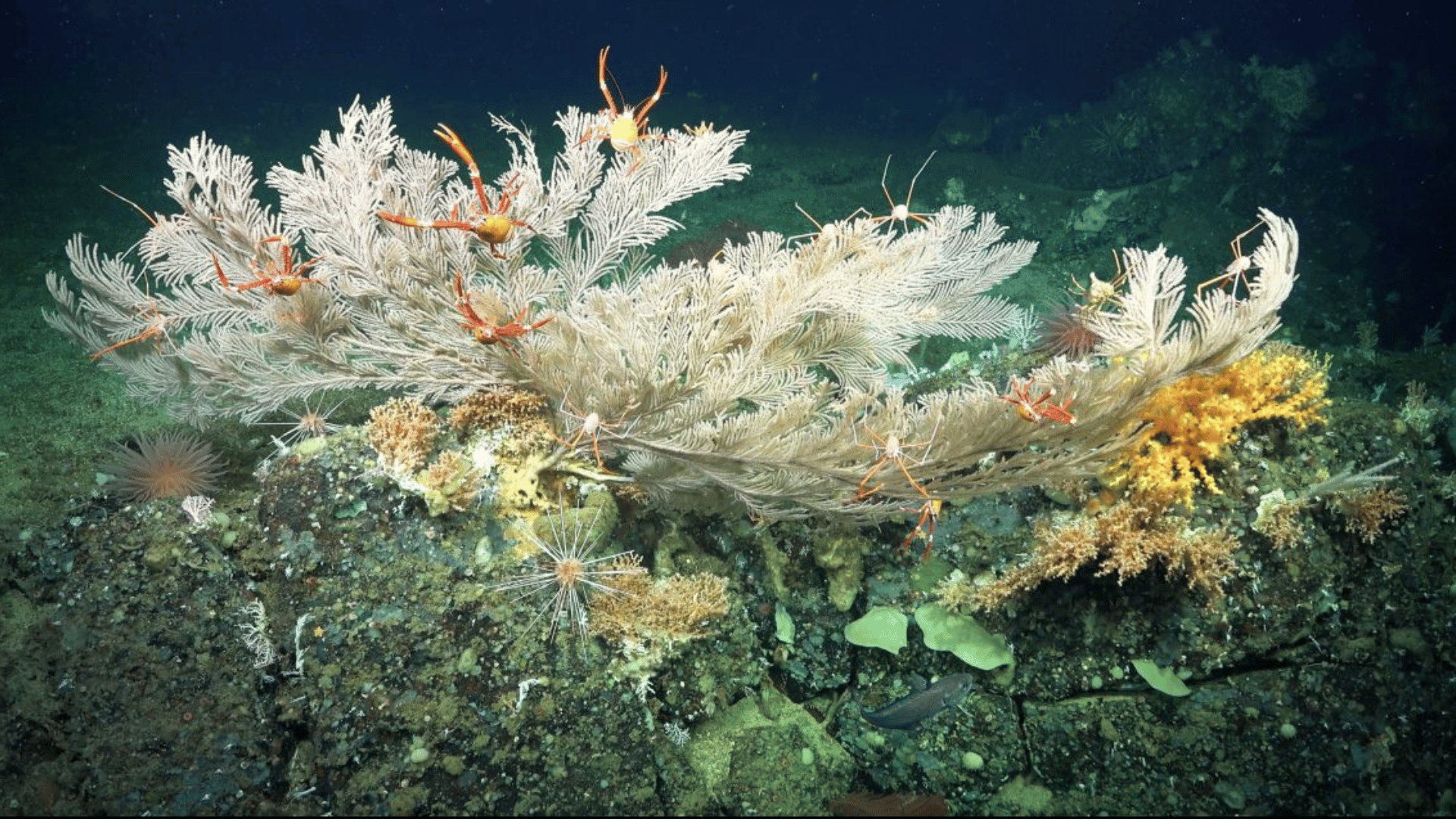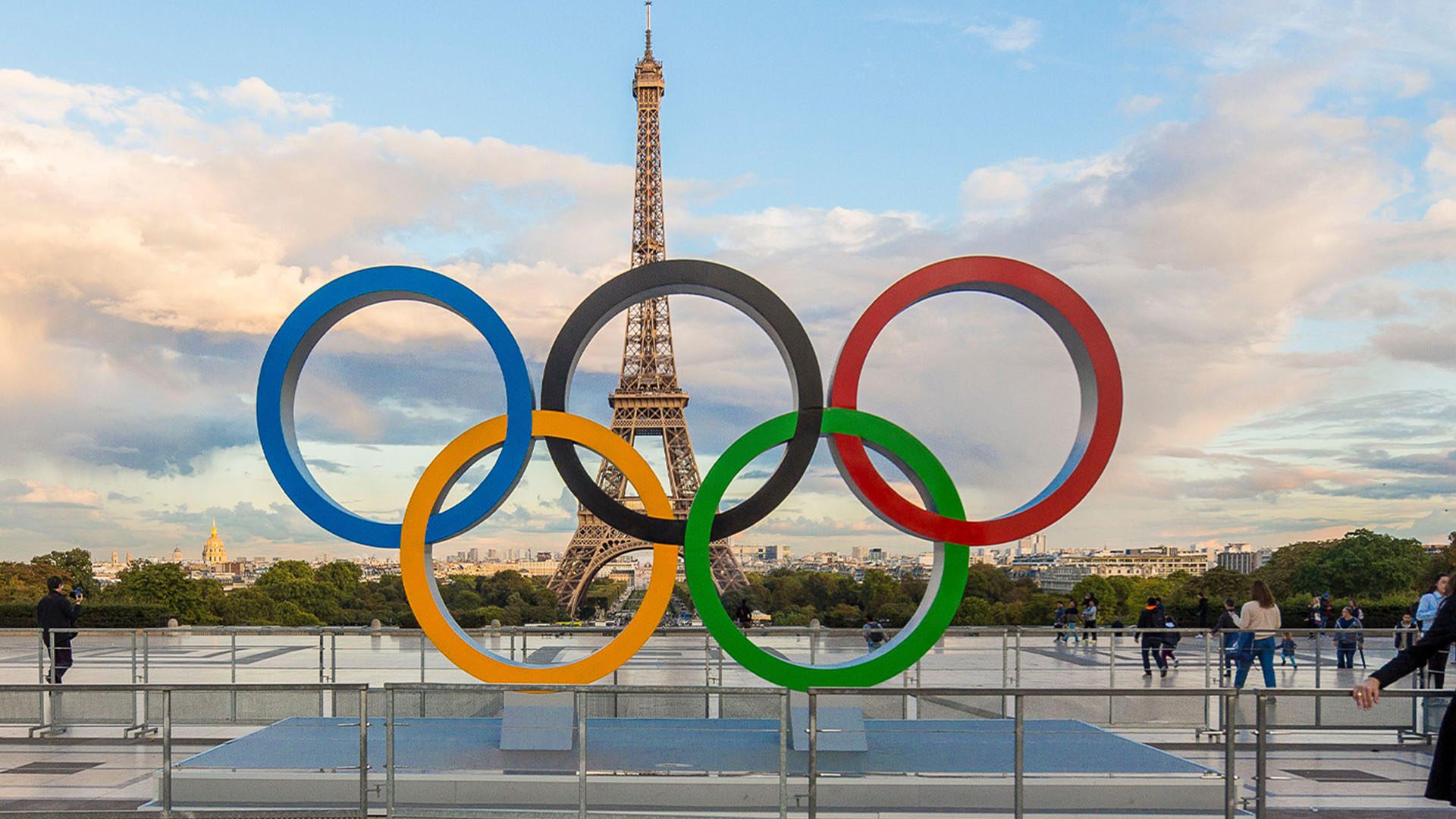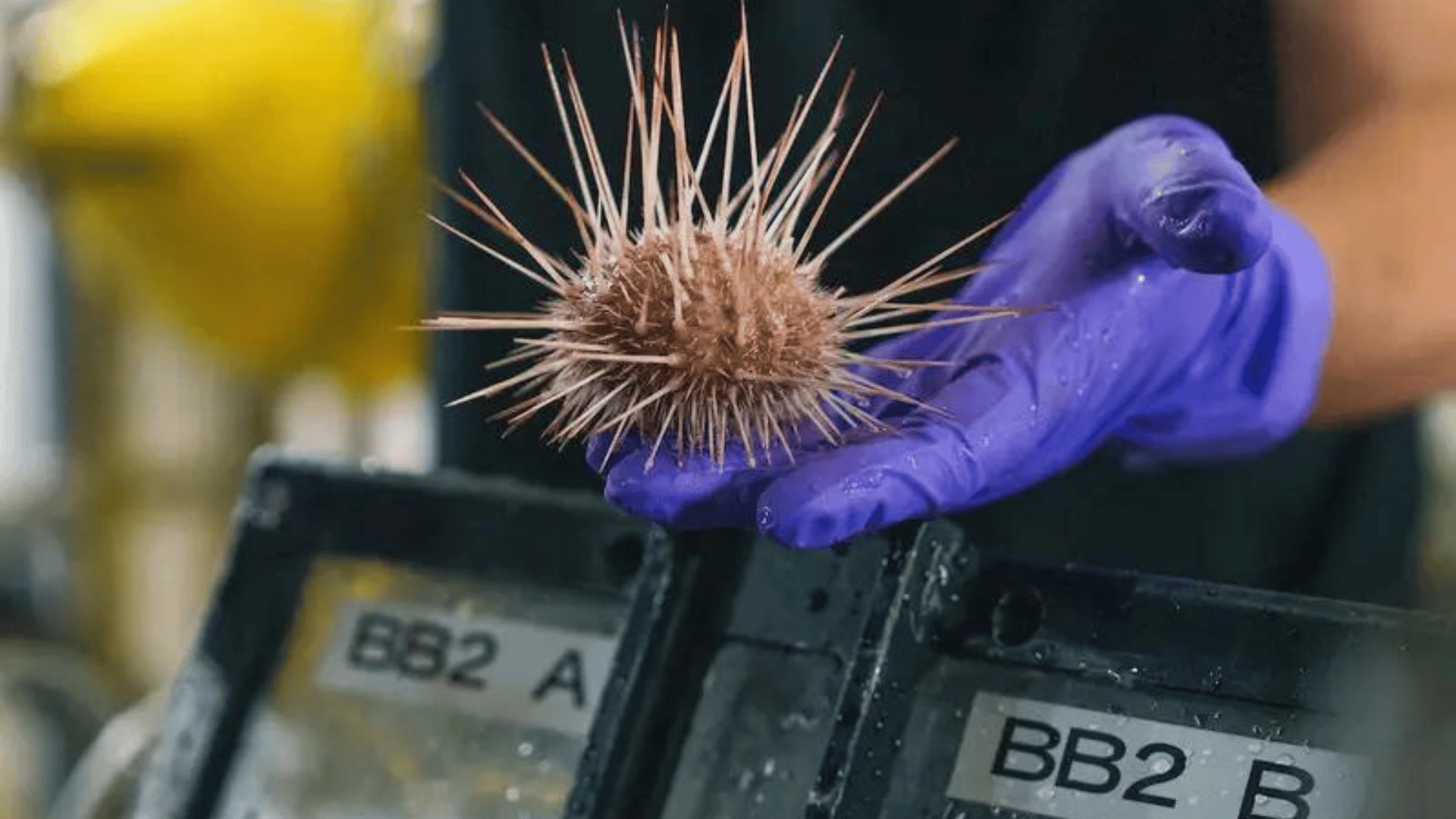The 2024 Summer Olympics in Paris are set but there is some controversy surrounding a surfing event. As they prepare for an Olympic surfing tournament, they are constructing a new judging tower. The new judging tower is being constructed in the reef lagoon at Teahupo’o, Tahiti. Unfortunately, the construction poses a threat to the reef and its ecosystem.
Protecting the Valuable Reef
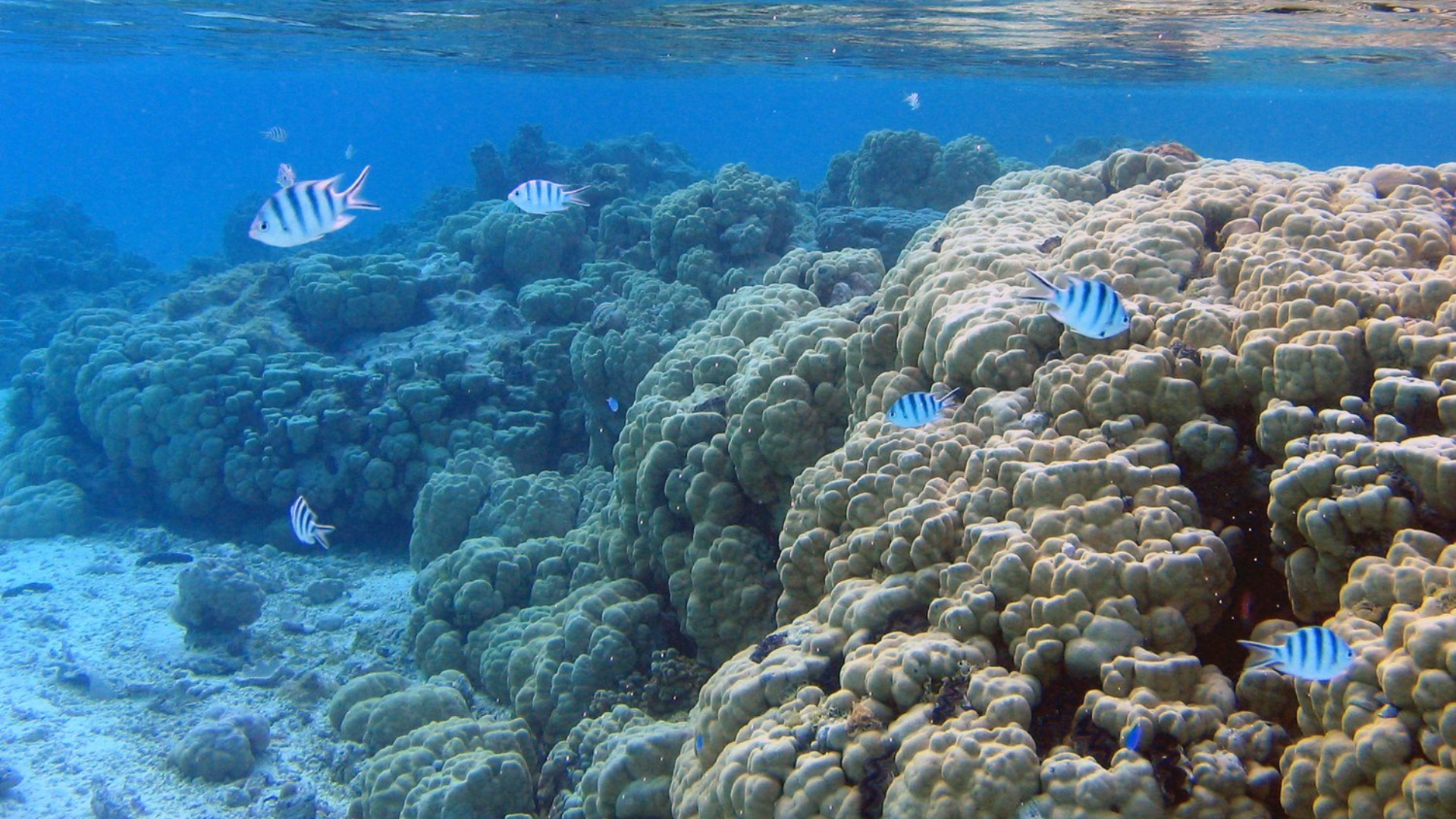
Researchers from Hawaiʻi at Mānoa, UH Hilo, Arizona State University, and community partners in Tahiti believe protecting the reef is important because it’s both an integral part of the ecosystem and a resource for the local community. They published their assessment in Remote Sensing.
John Burns is the lead author of the study and associate professor at UH Hilo. He said, “We hope the International Olympic Committee, appropriate government officials, and the greater international community can see how devastating this impact will be to not only the valuable coral reef habitat but also the local community who depend on this reef for their livelihood and well-being.”
Construction of the Tower
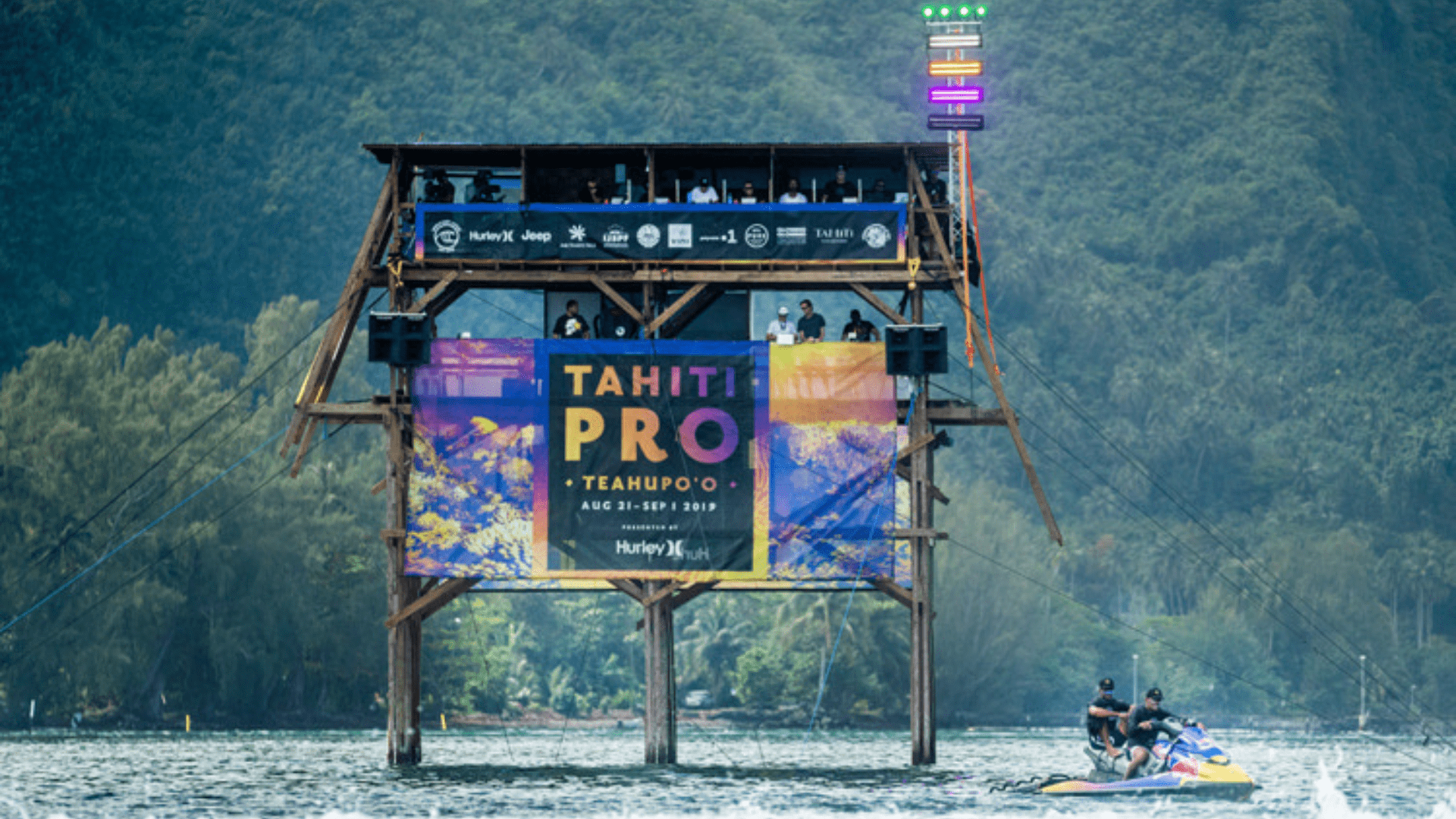
Although there is already a tower for the World Surf League, 2024 Olympic organizers want to invest $5 million to build a larger tower. They want the new tower to include toilets, air conditioning, and enough room to fit 40 people. Building the tower includes dredging the area of the reef surrounding it. Olympic organizers are dredging the area to accommodate barge transport of tower materials. This could directly impact 2,500 square meters of the reef. This is about the size of half of a football field. Furthermore, the authors say it could cause at least $1.3 million worth of damage to the live reef habitat.
The team’s estimate is on the conservative side. It only accounts for the direct impact. What it doesn’t account for is the potential financial impact on the communities that depend on these resources. In addition, they don’t know the impact on the greater lagoon area if the water quality is affected.
Explore Tomorrow's World from your inbox
Get the latest science, technology, and sustainability content delivered to your inbox.
I understand that by providing my email address, I agree to receive emails from Tomorrow's World Today. I understand that I may opt out of receiving such communications at any time.
Surveying Potential Impacts
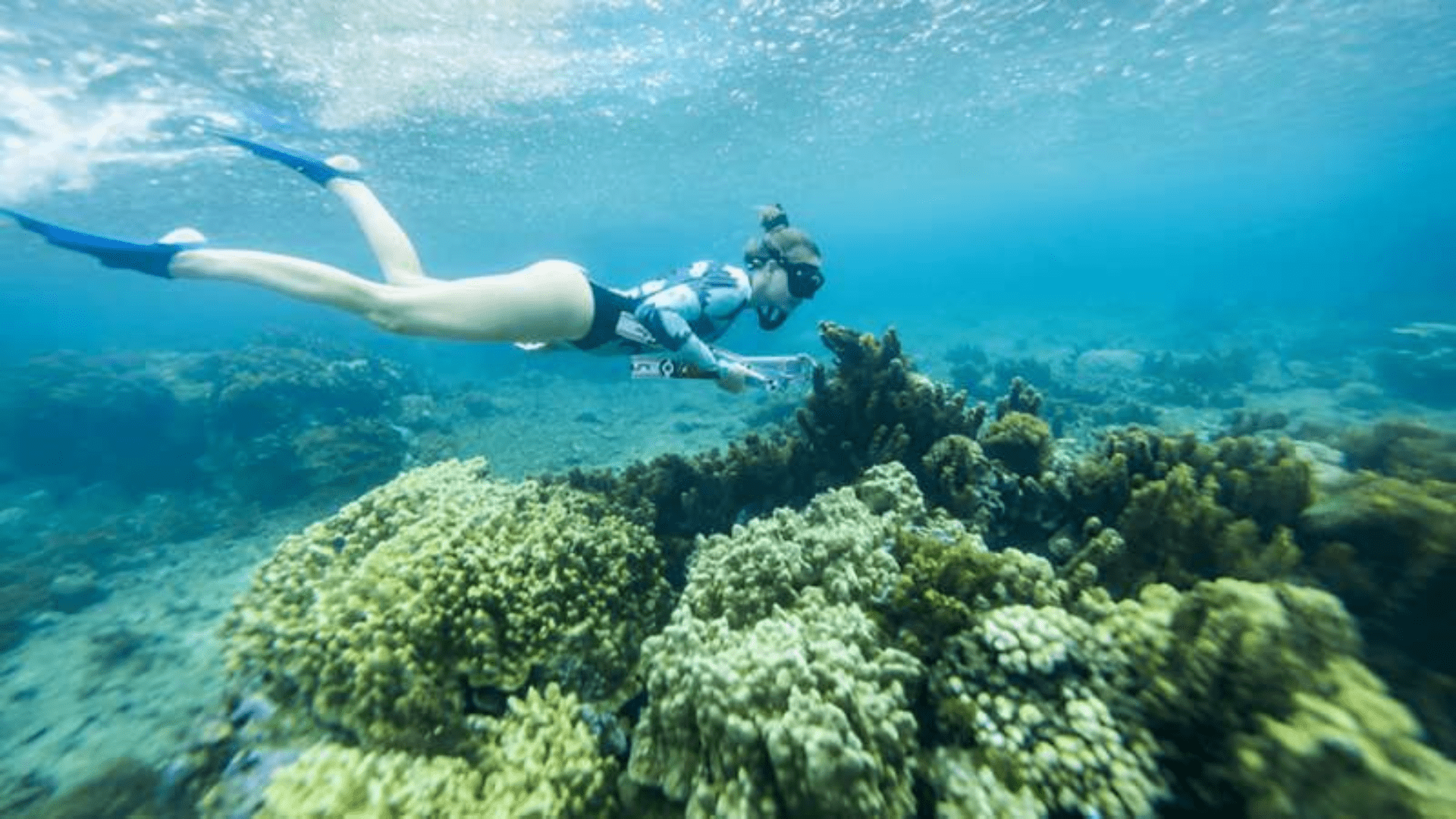
Community members and researchers used 3D photogrammetry techniques to map the construction site. They created high-resolution maps of three sites where dredging will take place. Researchers analyzed the results to measure species diversity, coral colony count, coral colony size, and percent of the ocean floor covered by live coral and other living organisms.
Data shows that the sites support healthy and diverse coral communities. These coral communities contribute to the ecological function of the larger reef system at Teahupo’o. The tower’s location takes up 322 square meters of space. In this location, they identified the presence of 1,003 corals from 20 different species. This indicates a thriving coral habitat.
Cliff Kapono is an assistant professor at Arizona State University and co-author of the study. He said, “With information in hand about the ecological impact and community concern, we hope construction of the tower will be reassessed and also that these maps will help to hold any future disruptors accountable.”



